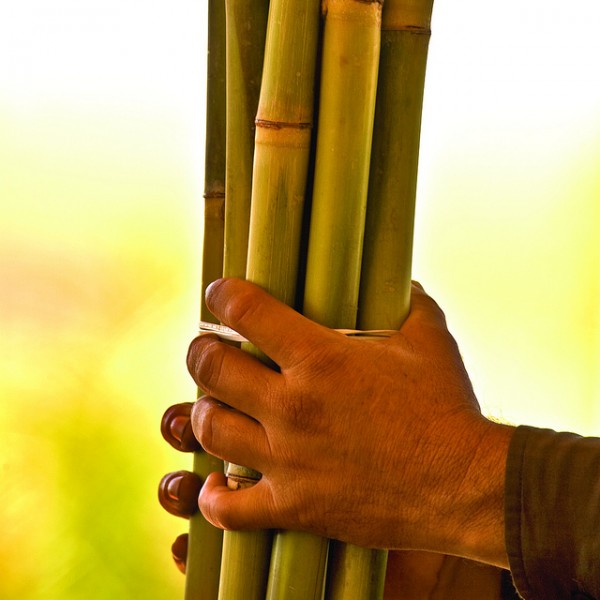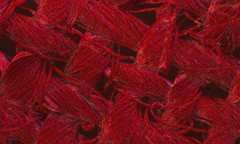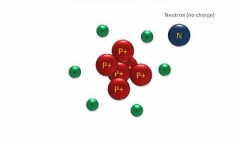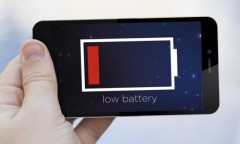By Vishal Goel, | November 28, 2016
- PREV
- Image1of0
- NEXT

Sugarcane
A team of researchers from India have found a method to synthesize fluorescent carbon nanoparticles from sugarcane pulp, an effective way to reduce agricultural waste from sugarcane.
Like Us on Facebook
In a study published in Applied Surface Science, researchers claim the process of synthesizing the "fluorescent carbon quantum dots" from sugarcane bagasse is a simple, low-cost and efficient method. According to Dr. Ravi Shankaran Dhesingh, co-author of the paper and associate professor at the University of Madras, India, these dots are tiny carbon nanoparticles of size four nanometers across 110 billion of which can fit on the head of a pin.
Light-emitting and non-toxic in nature, carbon quantum dots can be used as biosensors, in light-emitting diodes and even to deliver drugs around the human body by injecting them and imaging the body from the inside.
To produce these carbon nanoparticles, researchers cut the sugarcane bagasse into small pieces and sun-dried it for six days. After the dry bagasse had being burnt, it was chemically oxidized and exfoliated.
The production of agricultural waste including rice husks, sugarcane bagasse, and coconut husks has been a huge problem to tackle. In case of sugarcane waste, more than 90 countries produce it around the globe. Every three tons of sugarcane used to produce sugar yields about one ton of bagasse.
The failure in attempts to put sugarcane waste to any use has been mostly because of the nature of the bagasse. Because it is very stringy, it is unsuitable for paper production. Although it is often used as a biofuel, about half of it is unusable because it is too wet. The latest field of nanotechnology is lending a big helping hand in the conversion of solid waste. Also, since agricultural waste is a renewable and sustainable resource, it makes a promising example of turning waste into wealth.
The carbon dots created by this method is just as good as created from any other method. The study, as reported by Phys, shows that they are just as fluorescent and biocompatible. This alternate use of sugarcane waste could not only reduce the amount of agricultural waste contaminating the environment but also offer a new revenue stream for farmers.
-
Use of Coronavirus Pandemic Drones Raises Privacy Concerns: Drones Spread Fear, Local Officials Say

-
Coronavirus Hampers The Delivery Of Lockheed Martin F-35 Stealth Fighters For 2020

-
Instagram Speeds Up Plans to Add Account Memorialization Feature Due to COVID-19 Deaths

-
NASA: Perseverance Plans to Bring 'Mars Rock' to Earth in 2031

-
600 Dead And 3,000 In The Hospital as Iranians Believed Drinking High-Concentrations of Alcohol Can Cure The Coronavirus

-
600 Dead And 3,000 In The Hospital as Iranians Believed Drinking High-Concentrations of Alcohol Can Cure The Coronavirus

-
COVID-19: Doctors, Nurses Use Virtual Reality to Learn New Skills in Treating Coronavirus Patients











